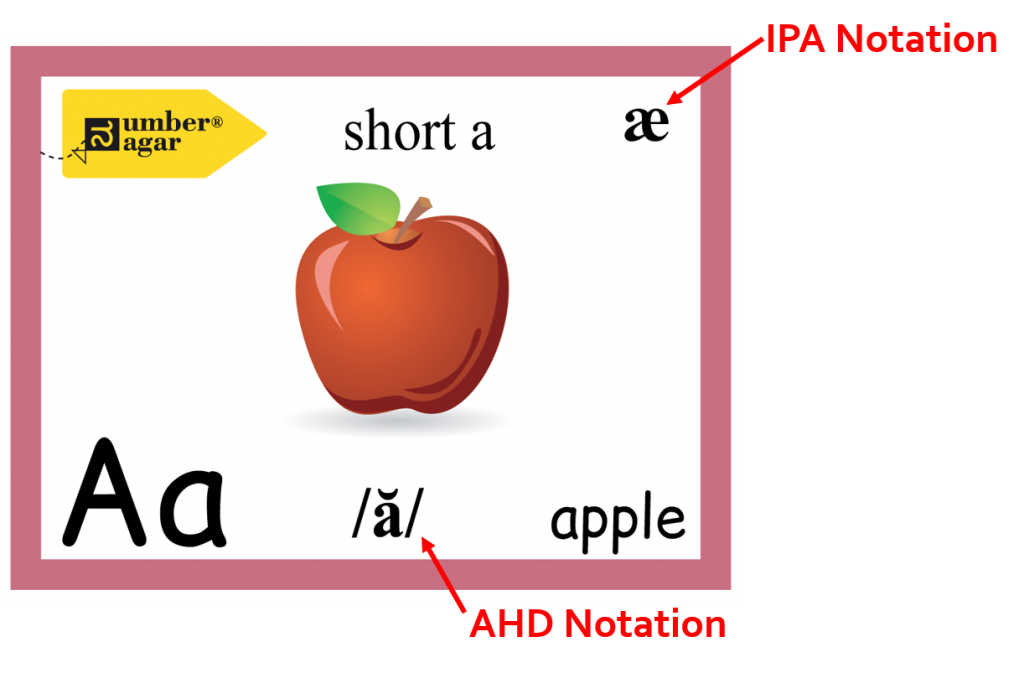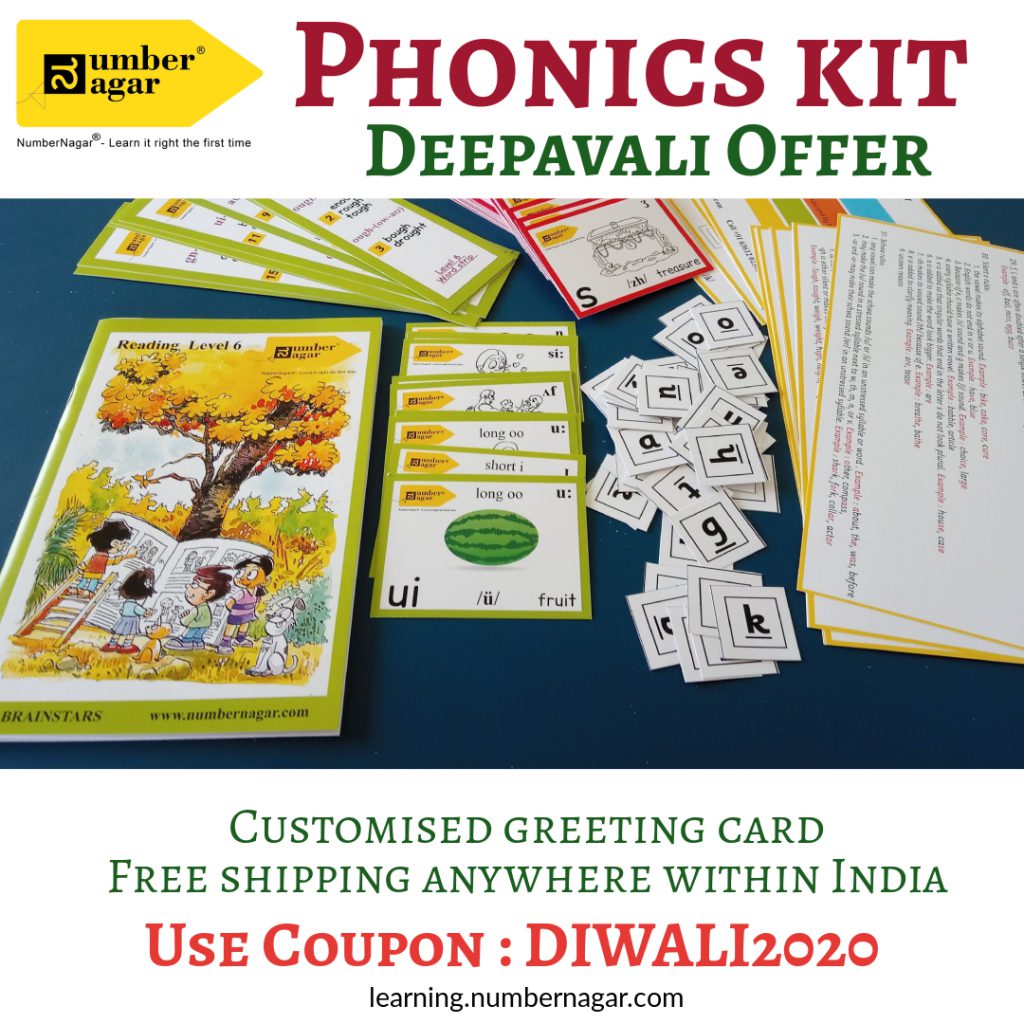Guide to sounds
Have you wondered how to ‘read’ a sound? In an earlier article, we learned how the English language deviates from ideal phonemic orthography. Nevertheless, the letter-sound correlation is a key aspect of mastering the language. A letter is a written representation – also known as grapheme. A sound is a distinct vocal expression – also known as phoneme. So, how do we work around this?
This is where phonetic notations come in handy. There are only 26 letters in the English alphabet and more than 40 sounds. To work around this discrepancy, the phonetic alphabet is a necessary tool. The phonetic alphabet includes unique graphemes corresponding to the phonemes.
How to ‘read’ a sound?
Because of the one-to-many correspondence between graphemes and phonemes in English, the spelling of a word is not a reliable pronunciation guide. To ‘read’ a sound, the pronunciation guide uses the phonetic alphabet. The International Phonetic Alphabet (IPA) is a widely acclaimed and accepted phonetic alphabet. Another prominent phonetic guide is the one used by the American Heritage Dictionary (AHD).
These phonetic notations enable us to ‘read’ the sound of any word. This helps in learning pronunciation. The phonetic notation is used in dictionaries to clarify the pronunciation of every word where there is a possible ambiguity.
This English or that?
There are a handful of countries where English is the native language. However, there are more than 50 countries around the world where English is the official language (used by the government and for other formal citizen interactions).
India is one of these countries where English is the official language. In the Indian educational system, British English is used as the instructional medium in schools and colleges. Additionally, there is wide exposure to American English via popular culture – movies and other entertainment media. We also have our own quirky version of Indian English.
Phonetic notation and NumberNagar® Phonics
For this reason, the NumberNagar® Phonics Kit uses and references both IPA and AHD notations, as shown in the picture.

This allows learners to identify the notations readily regardless of the dictionary they might use. British dictionaries (e.g. Oxford) use IPA notations and American dictionaries (e.g. Webster) use AHD notations.
Nowadays, people use online dictionaries more than printed ones. Online dictionaries not only have the phonetic notation for every word but also an audio recording of the word. The audio recording is extremely useful to learn the pronunciation, even without the knowledge of the phonetic alphabet.
Why then is the phonetic alphabet important?
The phonetic alphabet serves a didactic purpose and ensures that the learners have built a strong foundation in language learning. I remember learning the phonetic alphabet at an incredibly young age. I used to love to look at the dictionary and learn new words. One of the fascinating things for me was to decode the pronunciation using the phonetic alphabet.
It remains a fascination to this day. Even when the click of a button is enough to give me the pronunciation. Everything we learn need not have a direct and/or immediate utility. Some learning experiences have intangible benefits.
This Deepavali, gift yourself and your children the wonder of learning.
Celebrate responsibly! Stay safe!
************************************************************************
Here are all the articles related to Phonics on our blog. Please read and share your thoughts.
************************************************************************

Have you invested in the NumberNagar® Phonics Kit yet? It is the perfect gift for children in your family and friends’ circles. Order your kit now to avail the exciting Deepavali Offer.
Featured image credits: Alison Innes from Pixabay
Dr. Soumya Sreehari
Latest posts by Dr. Soumya Sreehari (see all)
- To drink water or not to drink – that is the question - 11 June 2021
- Puzzles for fun and learning - 28 May 2021
- A questioning mind is a thinking mind - 14 May 2021
- Play and learn having fun with words - 7 May 2021
- 4 lessons to learn from the Montessori method - 30 April 2021

